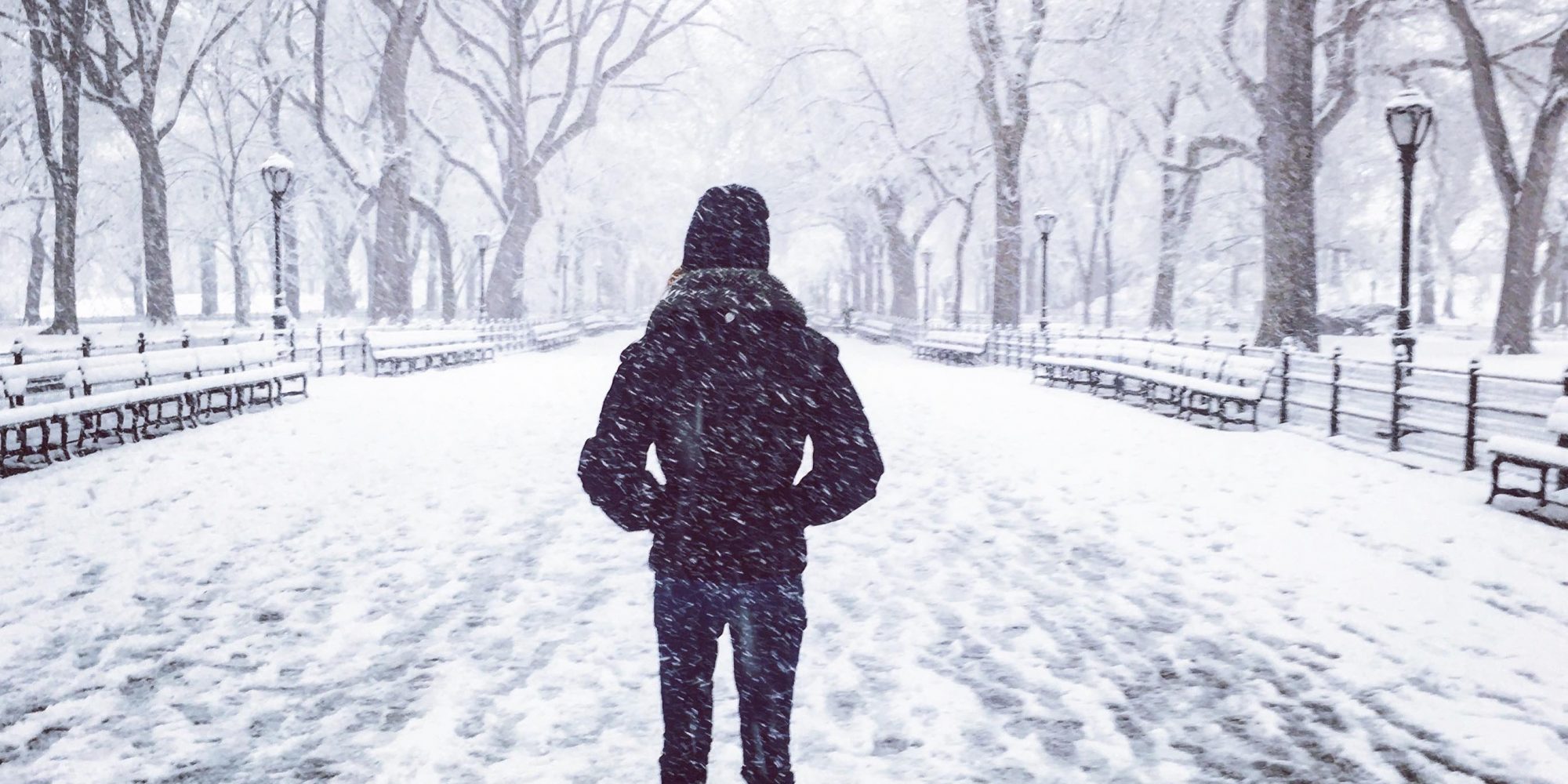
The Outsider As Entrepreneur: Jennifer Walsh Wants Us All To Leave The Office To Improve Our Ideas And Health
There are some people who have hundreds of business ideas and fail to execute a single one of them. Then, there’s Jennifer Walsh. She’s turned gut feelings into several beauty, wellness and media entrepreneurial ventures to varying degrees of success, including Beauty Bar, a retailer that embraced indie beauty upstarts early. “I put a quote on my wall when I started Beauty Bar that said, ‘Risk is what you take to encounter possibilities,” says Walsh. “You have to be OK with losing everything. That’s what entrepreneurship is all about.” A dozen years after it launched, she sold Beauty Bar in 2010 to Quidsi, which would go on to be swallowed by Amazon. Since Walsh left Beauty Bar, she shuttered the brand Pride & Glory, introduced another, A State of Energy, became a columnist for Good Housekeeping, interviewed Mindy Grossman, Kerri Glassman, Ian Ginsberg and more for her Walk with Walsh video series, and advised companies on wellness initiatives. Beauty Independent spoke with Walsh about the importance of nature, crystals underneath New York City, Amazon’s luxury beauty struggles, lessons she learned from closing her collegiate line and why physical retail will never die.
When did you realize you had entrepreneurial inclinations?
I knew in college I wanted to do something different. Back then, there were no programs focused on being an entrepreneur. I knew I wanted to go into business, but I didn’t know what business that would be. I went into finance and worked at Merrill Lynch. On the side, I started doing makeup artistry. I would avail myself to local makeup artists and producers. I would call and say, “If you need anything, I will work for free.” So, I was called a lot. I would do anything. I would scrub the toilets and get coffee. I wanted to build my understanding of what it was to work on a set.
My mother was a makeup artist when I was growing up in New York City. I watched her, but I didn’t want to follow in her footsteps. I wanted to be more like my dad, an FBI agent, but I started to fall in love with makeup artistry. I told my parents I wanted to quit Merrill Lynch and get into makeup artistry. While I was working at SuperStock stock photography after Merrill Lynch and doing makeup artistry, a friend of mine who was a producer at a local ABC affiliate said, “I need your help. My guest fell through, and I need you to talk about makeup on TV.” My response was, “There’s absolutely no way I’m going on TV,” but I ended up going on TV talking about the colors of the moments that I was using on celebrities. It turned into a TV segment called “Beauty Buzz.” I was on air weekly talking about unheard of brands at the time like Philosophy, Fresh and Kiehl’s.
This was in the ’90s. It was pre-Sephora and pre-Ulta. People saw indie brands in magazines, but they couldn’t get them. I thought, “Why don’t I open a store?” I called up [Philosophy founder] Cristina Carlino, and [Fresh founders] Lev and Alina, and said, “I’m going to open a store. What do you think about me selling your products in the store?” The response was, “OK, sure.” Honestly, I didn’t know what I was doing. I opened this tiny 600-square-foot store off of the beach in Florida. My little sister and parents helped me. I had $30,000 in savings from days at Merrill Lynch that I put toward rent, paint and wood supplies. I pulled in furniture from my house to use as display pieces.
Everyone said to me, “This is the dumbest thing ever. It’s set up for failure. No one is going to ever leave a department store to shop for unknown brands.” Of course, that fueled me to do it. I knew how I want to be treated in a store. I don’t want to be oversold. I wanted people to come into my space and feel like their views were appreciated. That’s how I built loyalty. People trusted I wouldn’t oversell them. People knew I really cared about their skin and what they were purchasing.
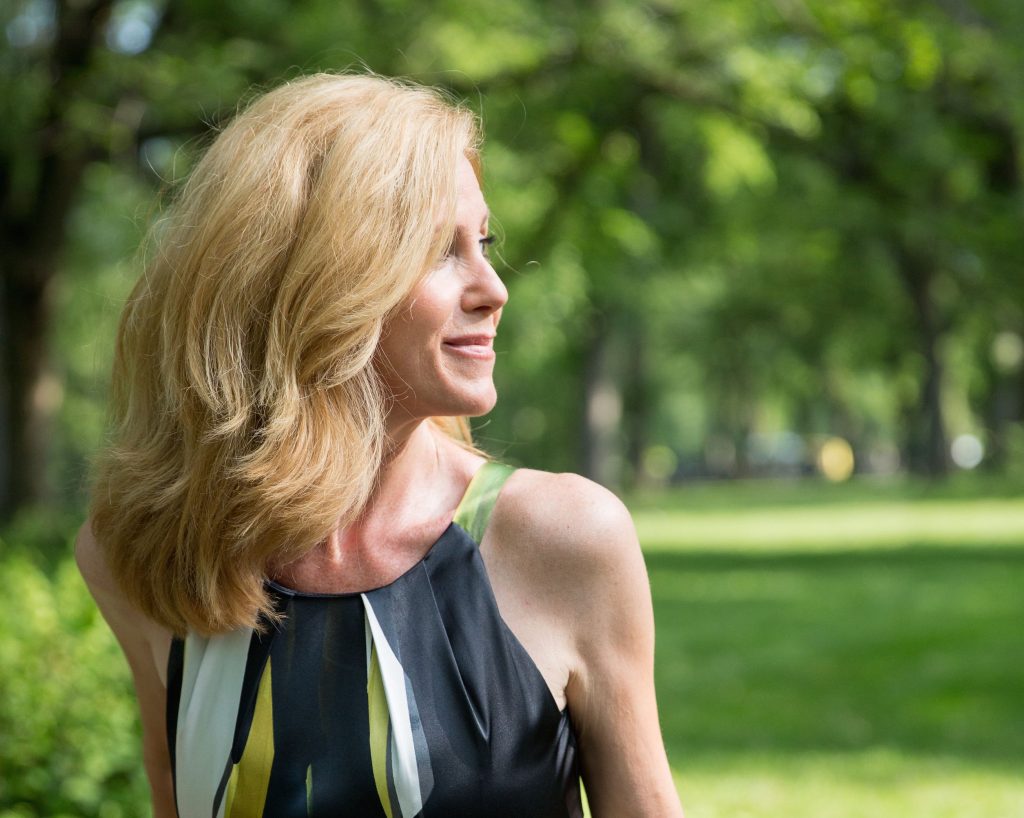
What happened with your retail concept, Beauty Bar?
I grew the business until 2010. I had locations in Florida and over 7,500 different SKUs on my shelves. After my first year or two in business, I asked for people’s email addresses, but they wouldn’t give them too me because they thought it was too dangerous. My younger sister’s boyfriend helped me put together a beautiful website that I sold products on. [The beauty retail business] was a big wide open space where I could do different things. I asked people to take pictures of their bathrooms with our products, and they could win a prize. In the store, I had happy hour once a week. We would do a call-in service where people could call in their orders and we would have them waiting on the side of the street. This was back in 2005 and 2006. It was way before big-box retailers were doing anything close to it.
I sold it in 2010 to Quidsi, which owned Soap.com and Diapers.com. Amazon bought all three of us, and I had to let go of the Beauty Bar I had created. That was very hard. It was a tumultuous year for me because the new Beauty Bar didn’t want anything to do with the store. They wanted the relationships I had built during the 12 years of growing my business, but you can’t really buy relationships. It was a big learning experience for me. I had moved from Florida to New York to sell the company, and that was a big change, too. I felt I almost lost my identity for a little bit because, for so long, I was known as the Beauty Bar person. At the same time, I was going through a divorce. The divorce was really hard, but I had great girlfriends around me that were super supportive. The only drug I was taking was walking.
What did you do after exiting Beauty Bar?
I started working for a company called Rituals from Amsterdam to help them build out their U.S. infrastructure, which was amazing and daunting. It was a huge corporation, and I learned a lot. Then, I started another company called Pride & Glory. It was a bath and body-care line for the collegiate market. I created a ridiculous 40 products at launch. Looking back, it was a big mistake to launch that many products, but I made five products for each school, and I had eight schools when I went live. I was working for the SEC schools like Florida, Florida State, Auburn and the University of Alabama. It was too big for me to handle alone, and I didn’t have any partners. I didn’t know any really strong investors. The world of investing and VC was new to me in 2013 and 2014. By 2015, I closed the company.Walking away from it was a huge pill to swallow. Beauty Bar had been such a success, but this had been too big of a behemoth for me to do by myself. It was tough.
I was still doing TV and writing stories for Women’s Health magazine about entrepreneurship. I was also the small business expert for JPMorgan Chase’s online portal. I still walked in Central Park every day, and people would always ask if they could walk with me. I said, you know what, “I’m walking with CEOs and executives in Central Park, I should do a Facebook Live with them.” So, I took my camera, and started walking with friends and asking about their businesses. The more I did it, the more people started asking me to do it. The whole point of Walk with Walsh was to find out what it meant to be a healthy leader. What were they doing that was healthy that trickled down to their employees, so they could take it back to their families?
Every single person said I interviewed walking outside said, “This is a great idea, I don’t get outside.” That really struck me. That sent me down a rabbit hole of looking into what happens when we aren’t going outside. There’s an actual thing called Nature Deficit Disorder that has bene studied. I started studying the effects of nature on our brains as well as our bodies and talking to neuroscientists around the country about the data they have. I know how much I love being outside, and I can really feel the difference between when I get outside and when I don’t.
I have been sharing my love of nature with everyone that I can. I am now hosting wellness walks in addition to my video series. I take individuals and groups. It’s about getting out of the box that we live and work in. The more technology-driven our society is, the more nature is really calling us to go back to what we innately need, which is time outside. I have been working on a book about it well, and I’m working on instituting my wellness walks at corporations. There are so many yoga or mindfulness programs at companies, but they’re always done inside. The key thing that people continue to miss is the importance of being outside.
Would you have done anything differently with the sale of Beauty Bar?
I don’t know if I would do anything differently. It was a very interesting scenario for me because I had never experienced anything like that. There was really no one to talk to. How do you do those next steps when you get bought out? Do you ask to be part of it for longer than a year? Do you ask to have creative control? The people there had never worked in luxury beauty. They were used to selling detergent online, and that’s very different from than selling Le Mer or other high-end beauty products to customers. It’s a very personal experience, and that’s not what they wanted to do. They didn’t care about the personal relationships. They wanted to get products to sell.
Beauty Bar served its purpose for me. It gave me a launching pad to know more about business than I would have ever would if it hadn’t happened the way it happened. It gave me insights into experiences that were very uncomfortable, but that made me stronger and more resilient. I started at 28 and didn’t know anything. By the time I was 40, I had grown, sold the company, had major bumps along the way, and learned so much. Of course, it brought me back to New York. If I didn’t sell Beauty Bar, I would still be living in Florida.
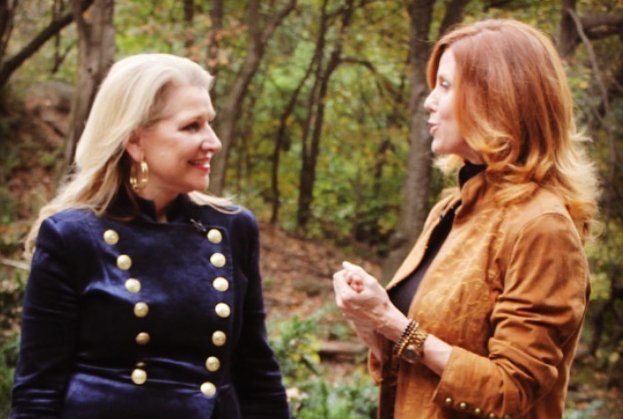
Will big luxury beauty companies ultimately cave to Amazon?
Amazon is still thought of as quick, cheap and fast. I think people will still search out quality and experience, and I don’t think Amazon will ever be that. I love seeing all these indie stores popping up. While the retail apocalypse has been talked about since 2008, I always felt retail will never die. Amazon will never be able to replicate the personal experience. I don’t know if those big luxury brands will want to cave to Amazon’s quick, cheap and fast specialty.
For retailers to survive today, what do you feel they have to do?
You have to really become active in the community that you are in. I travel all over the country and go to smaller towns, and I love finding out what the local retailers are doing. There is a lot of collaboration between local stores. If your neighbors aren’t surviving, it’s going to be hard for you to survive. If you are in a great neighborhood with great shops around you, it provides that support system. There are so many advantages to being a small business right now especially in smaller communities outside New York City. They’re not the mall, which is kind of dying off, and not Amazon, and they can offer special events for the community and support the local economy. Around the country, you see great stores that are really cool and different. I also think that people are interested in being hyper-localized with their buying because they can trust their local stores.
What lessons did you learn from Pride & Glory?
I had these pretty grandiose expectations of what I thought it should be and could be very quickly. Even to be approved to create and sell products for the college market was a huge win for someone as small as I was. They are very strict about who they allow to make collegiate-branded products. There are a few things that I learned. I should have done one school and tested it out. At the same time, the collegiate licensing company wants to make sure you can sell a lot of products and to not just one school, so there is pressure from that angle. For me, the biggest takeaway was the fact that I didn’t physically touch the products. I was so used to being at Beauty Bar. We made sure all shipments went out. It was a non-stop effort, but we were part of the process.
At Pride & Glory, my ingredients and warehouse were all on the West Coast, so I didn’t even touch the final products. I was nowhere near them. I was completely disassociated from my own brand. I was here in New York, and I was selling products to the SEC. I lived thousands of miles away from my target audience. I was speaking on college campuses every week, so I was all over the country, but it was still hard for me. I would never launch 40 products ever again, and I would want to be closer to my target audiences and touch my products every day. I don’t want to call a warehouse far away.
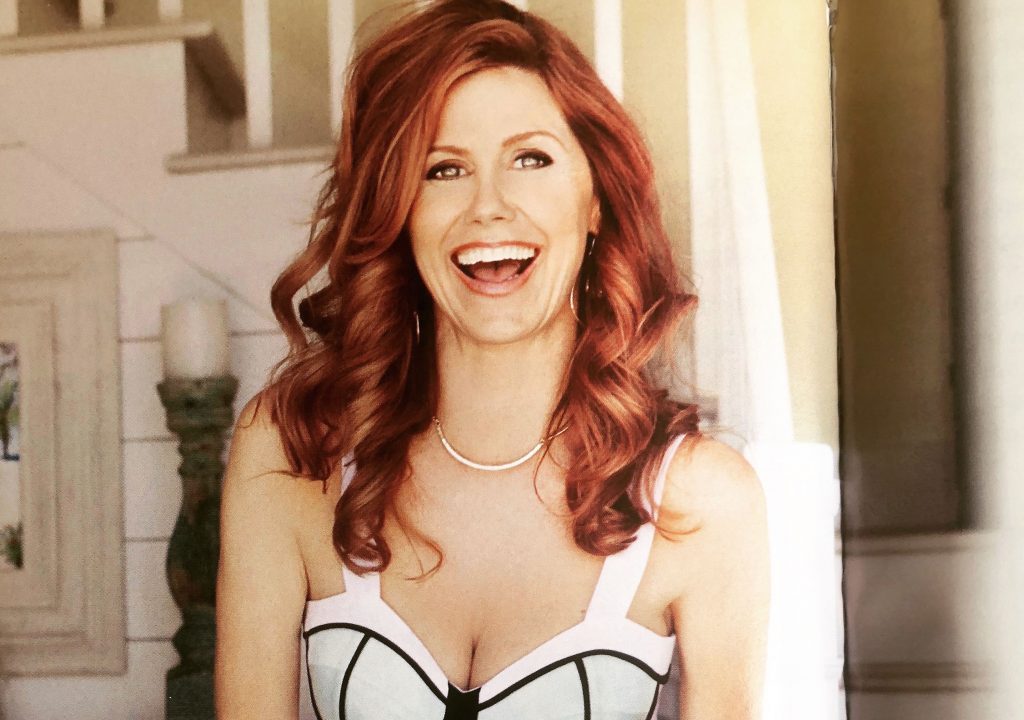
Can you tell us about your crystal brand A State of Energy?
I wasn’t planning on launching a crystal collection whatsoever. I have been photographing nature and, especially the nature of Central Park, for the past 10 years, and I photograph it in all the seasons. I have sold my photography to hotels and doctor’s offices. I have taken pictures of the rock formations in Central Park, and I wondered if they are anything like icebergs. How much of the formations are underground like icebergs? I started researching what was under New York City. I grew up in New York City and climbed these rocks my entire life, and I had no idea the city was built on top of some of the most beautiful crystals ever found. It dawned on me that that’s what makes New York City have its energy. No one was talking about this. I didn’t even realize that in the Museum of Natural History, a museum I’ve spent so much time in, there is an entire wing dedicated to the stones, crystals and gems found in New York City.
I couldn’t get over what I was seeing, reading and, literally, unearthing. I wondered if I could bundle the crystals and put them in a New York City tote bag. Together, the crystals are more powerful than they are alone. I was telling a friend of mine, Jimmy Floyd, about my findings. He loves crystals and he said, “I have to work on this with you.” Together, we came up the idea of making proprietary blends. They have the healing energy of New York City and are combined with botanicals from Central Park. When I started doing this two years ago, the crystal craziness wasn’t what it is today. We are making this collection ourselves, and we put notes into boxes for the people who are ordering. It’s a nice change from what I was doing before. That was so big and cost me hundreds of thousands of dollars to launch. This is not costing me hundreds of thousands of dollars to launch. It’s much smaller. New Yorkers love it, and people from all over the world can now carry the energy of New York City with them.
What are tidbits from your Walk with Walsh interviews that stand out in your mind?
I had a great interview with Ian Ginsberg, the CEO of C.O. Bigelow. He made a good point that I completely understand. He said he wanted to make C.O. Bigelow a place where people want to go, not where they have to go. Even if they don’t need anything, they still want to come in and see what is new just because they love the atmosphere. I had another great interview with Steve W., a Navy veteran who works at JPMorgan, who said good leaders have to have AHA: accountability, humility and approachability.
How can businesses effectively incorporate wellness?
There are corporations that are just throwing wellness out there without really understanding it. Wellness isn’t just yoga. It has to be not just a one-off, but a really 360-degree plan for the body, mind and spirit, and that can mean something different for every employee. It’s about a cohesive understanding of who the person is. Corporations really have to understand mental health. I’m meeting with a lot of corporations now, and they are trying to understand how to implement more mental health programs. We are at the beginning of understanding the whole totality of the body and addressing it, not just throwing an exercise class in there or a weight-loss program.
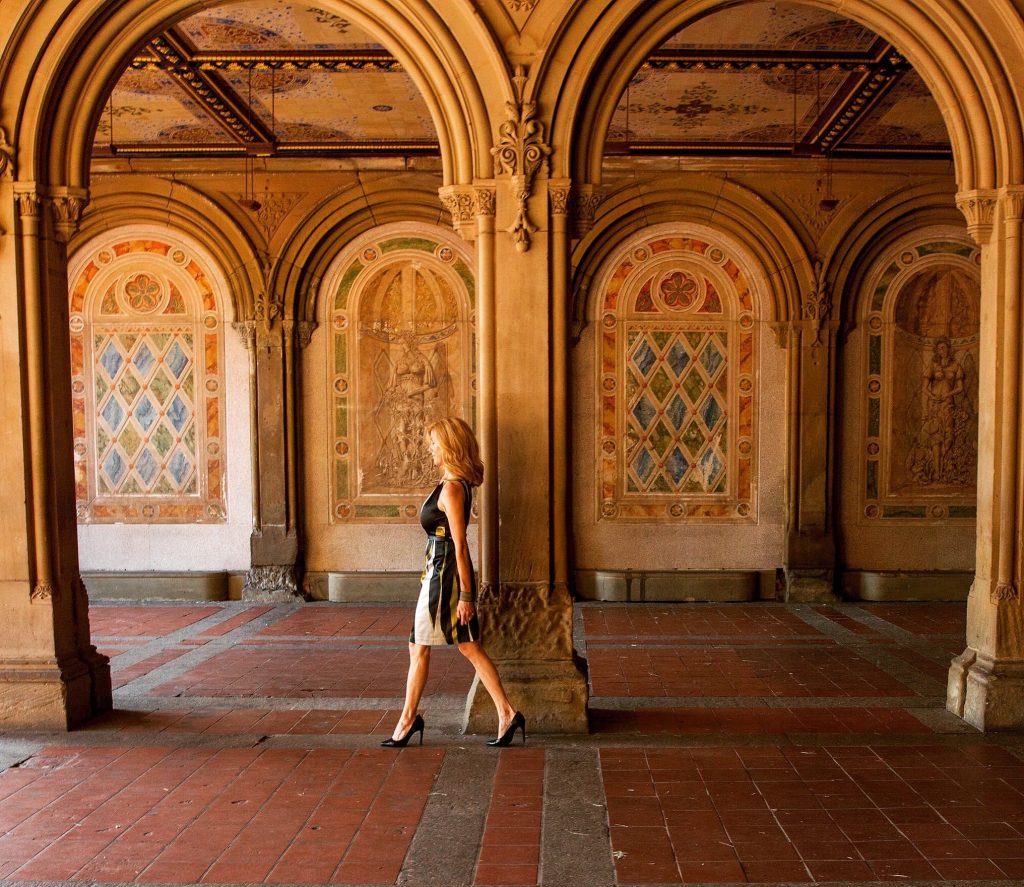
What are your future goals?
Everything for me has come from inspirational moments of creativity. It’s really been an unfolding of experiences. It’s never been set. When I started Beauty Bar, it just kind of happened. My intention was just to create a business for myself and, when I sold it, that was a whole new frontier. The wellness walks and Walk with Walsh are true to what I’ve always done in the outdoors. I wish I could say, in five years, I’m going to be doing X, Y and Z, but I don’t know. I’m really happy to keep learning about beauty, wellness and health. I think they are important for our world. We have to be more attuned to each other, and nature is a big part of it. We are so in touch with technology, but not in touch with humans like we should be. The more I study it, the more resolute I am in making sure we get more time outside as a society. I’m working on the book, and I want to continue to do wellness programs for corporations, schools and hospitals. I’m so lucky and so thankful to have the different, crazy path that I have had. You couldn’t have told me 20 years ago that I would have done what I’ve done, but it makes me who I am today. I’ve led with my heart always, and that’s what I want to continue to do.


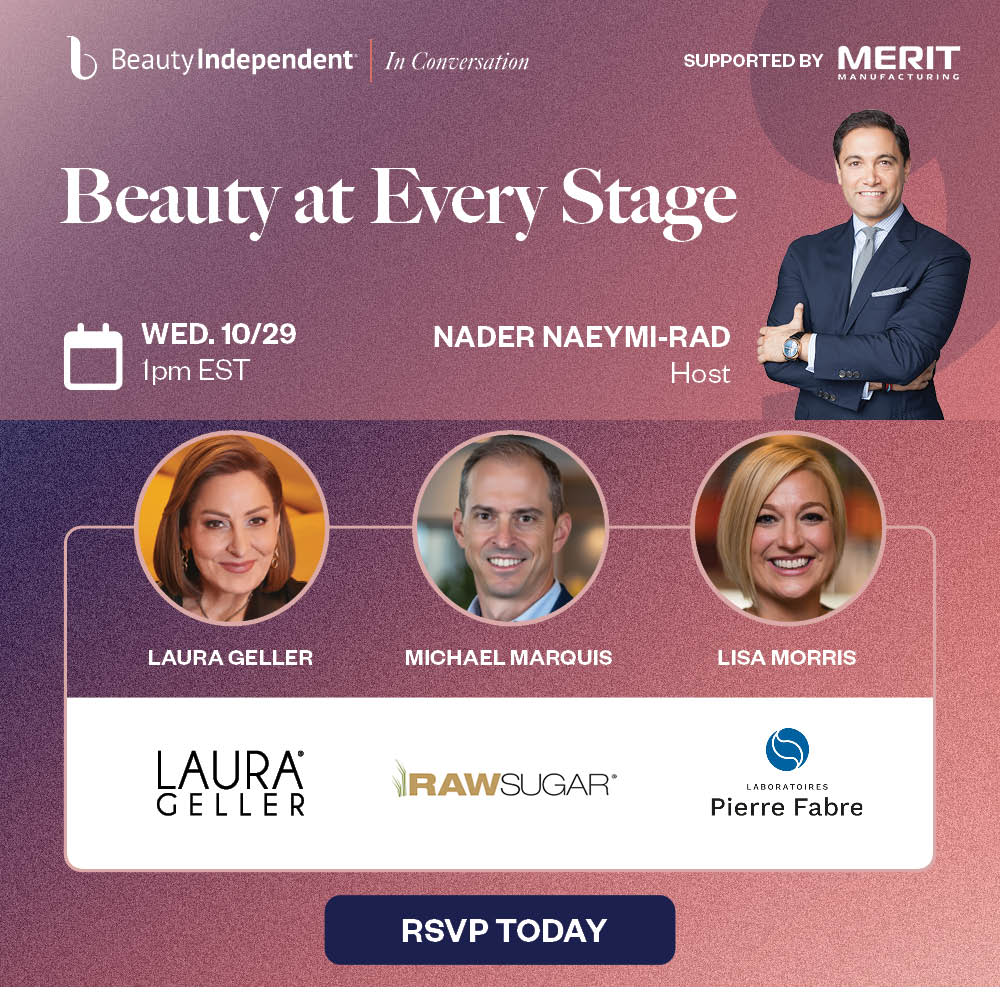
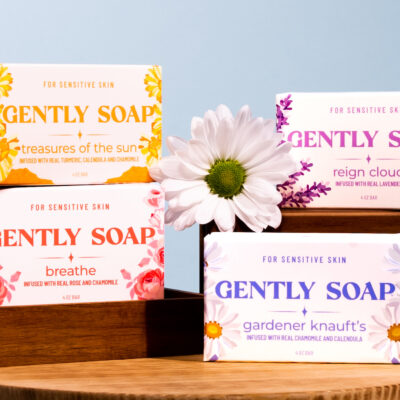
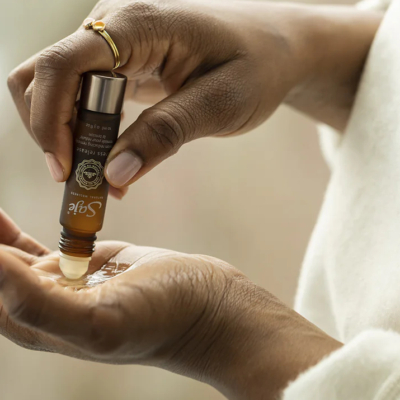
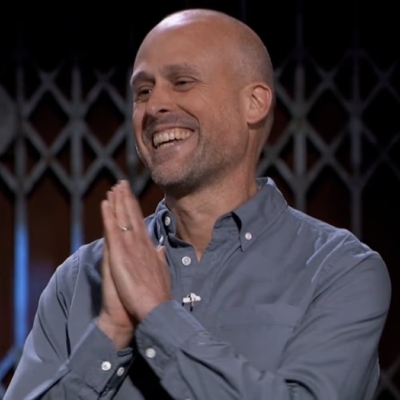
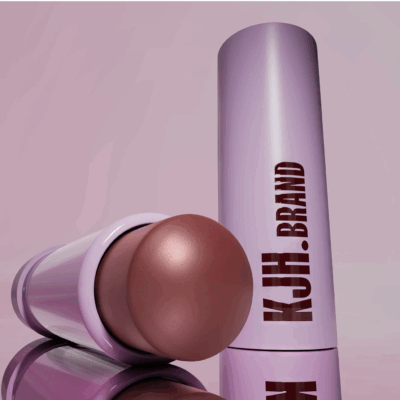
Leave a Reply
You must be logged in to post a comment.